

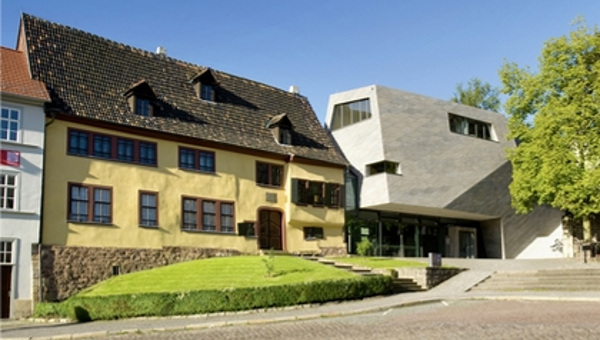
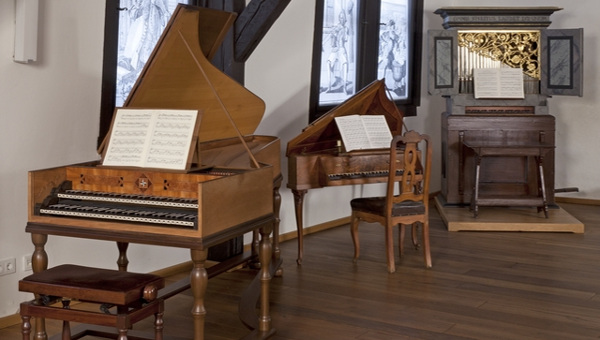
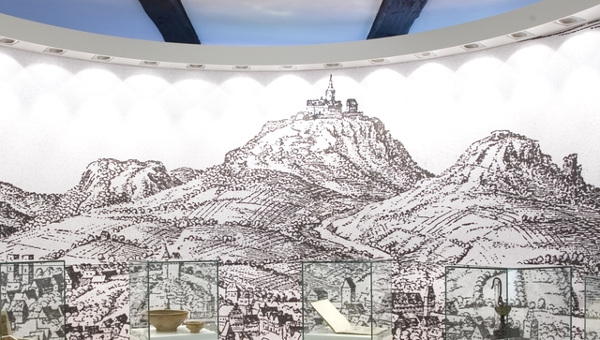
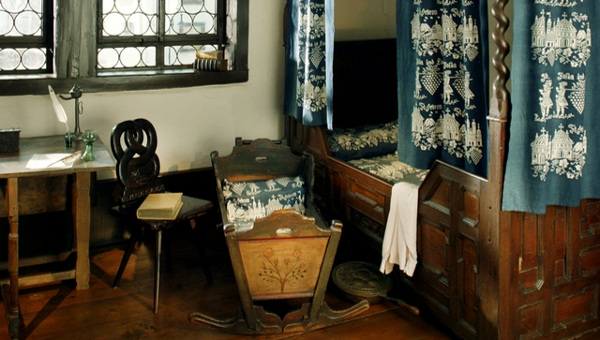
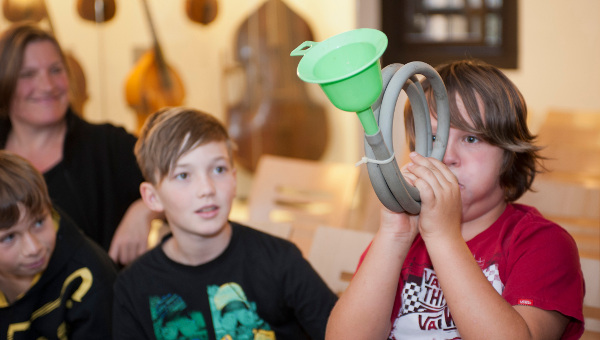
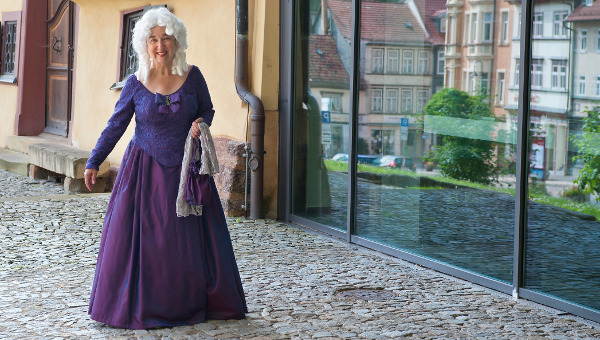
Frauenplan 21
99817 Eisenach
Telefon +49.3691.7934-0
Fax +49.3691.7934-24
Web: www.bachhaus.de
E-Mail: info@bachhaus.de
täglich 10.00–18.00 Uhr
Johann Sebastian Bach wurde am 21. März 1685 in Eisenach geboren und wuchs bis zu seinem zehnten Lebensjahr in dieser Stadt auf. 1907 eröffnete die Neue Bachgesellschaft das Bachhaus Eisenach als weltweit erstes Museum, das dem Komponisten gewidmet wurde.
Seitdem zieht das Museum alljährlich Tausende von Touristen aus aller Welt in seinen Bann. Die Besucher können die historischen Wohnräume der Bachzeit, eine Ausstellung zu Bachs Leben und einen Musikvortrag erleben, in dem originale historische Musikinstrumente aus der Bachzeit vorgestellt und angespielt werden. Für jeden Gast erklingen live: Hausorgel, Spinett, Clavichord, Cembalo. Das ist deutschlandweit einmalig.
Im Frühjahr 2007 wurde direkt neben dem Bachhaus ein Museumsneubau für die Besucher eröffnet, der die Ausstellungsfläche mehr als verdoppelt. Der Neubau widmet sich ganz Bachs Musik: Der Besucher kann den Weg eines Bach-Autographs bis in den Notendruck verfolgen un die Geschichte der Aufführungspraxis anhand verschiedener Einspielungen erleben. Ein "begehbares Musikstück" entführt ihn über eine 180-Grad-Installation mitten in die Aufführung dreier Bachwerke. Hochrangige Exponate wie der Erstdruck der "Kunst der Fuge" von 1751, ein von Bach gespieltes Orgelmanual von 1702 und eine einzigartige Sammlung von Bachbildnissen ergänzen die Ausstellung.
Zu den buchbaren Gruppenangeboten zählen außerdem Sonderführungen und deutscher und englischer Sprache, thematische Sonderführungen „Bach und Luther“, Schülerprogramme und Exklusivkonzerte. Eine hauseigene Konzertreihe ergänzt das Programm.
Deutschland verfügt über musikalische Traditionen und Nachlässe von außerordentlichem Wert: Händel, Schütz und Bach, Beethoven, Mendelssohn, Schumann, Brahms und Wagner sind - um nur einige Namen zu nennen - weltweit bekannte und geschätzte Komponisten. Ihr Wirken hat eine einzigartige Musiklandschaft wesentlich mitgeformt.
Zahlreiche Orchester, Chöre und Ensembles, renommierte Musikfestivals und -reihen, Musikerhäuser mit Museen, öffentliche Archive und Bibliotheken, aber auch private Sammlungen bewahren ihr musikalisches Erbe.
Diesen unschätzbaren Fundus gilt es immer wieder neu zu beleben und für die Gegenwart zu erschließen. Den in der Arbeitsgemeinschaft Musikermuseen Deutschlands zuusammengeschlossenen Häusern kommt dabei eine wichtige Rolle zu. In ihnen begegnen wir dem Werk von Musikern und Komponisten, die die Kulturnation Deutschland außerordentlich bereichert haben. Über das individuelle Portrait, über die Vermittlung des einzelnen Œuvres hinaus tragen die Musikermuseen aber auch zur Pflege musikalischer Tradition insgesamt bei. Die vorliegende Broschüre unterstreicht diesen Aspekt der Zusammenschau, und sie lädt zu einer Reise in die Musikgeschichte Deutschlands ein. Ich wünsche diesem Reiseführer regen Gebrauch und eine große Resonanz.
Bernd Neumann, MdB
Staatsminister bei der Bundeskanzlerin
Der Beauftragte der Bundesregierung für Kultur und Medien
Zitat: Vorwort zur Broschüre der Arbeitsgemeinschaft "Musikermuseen in Deutschland", 2007.